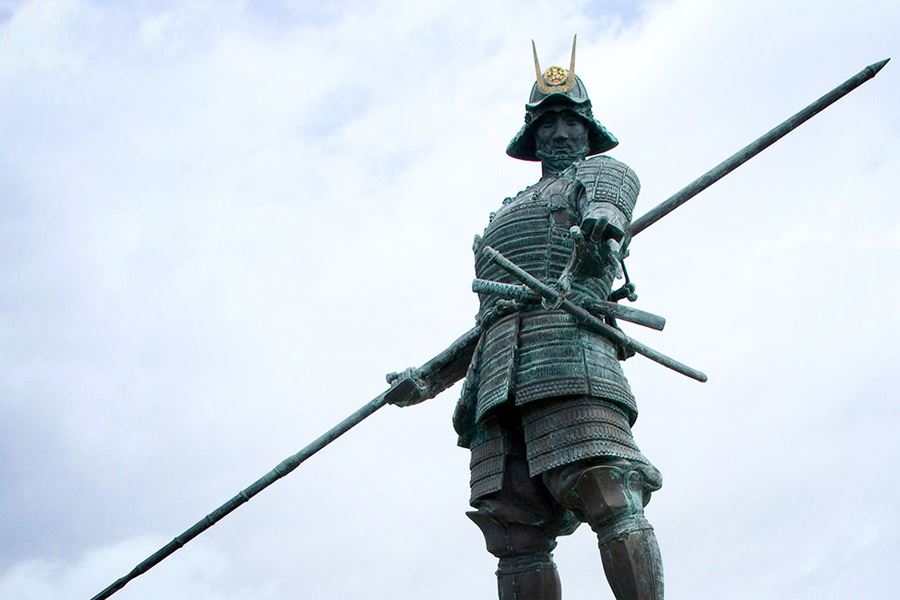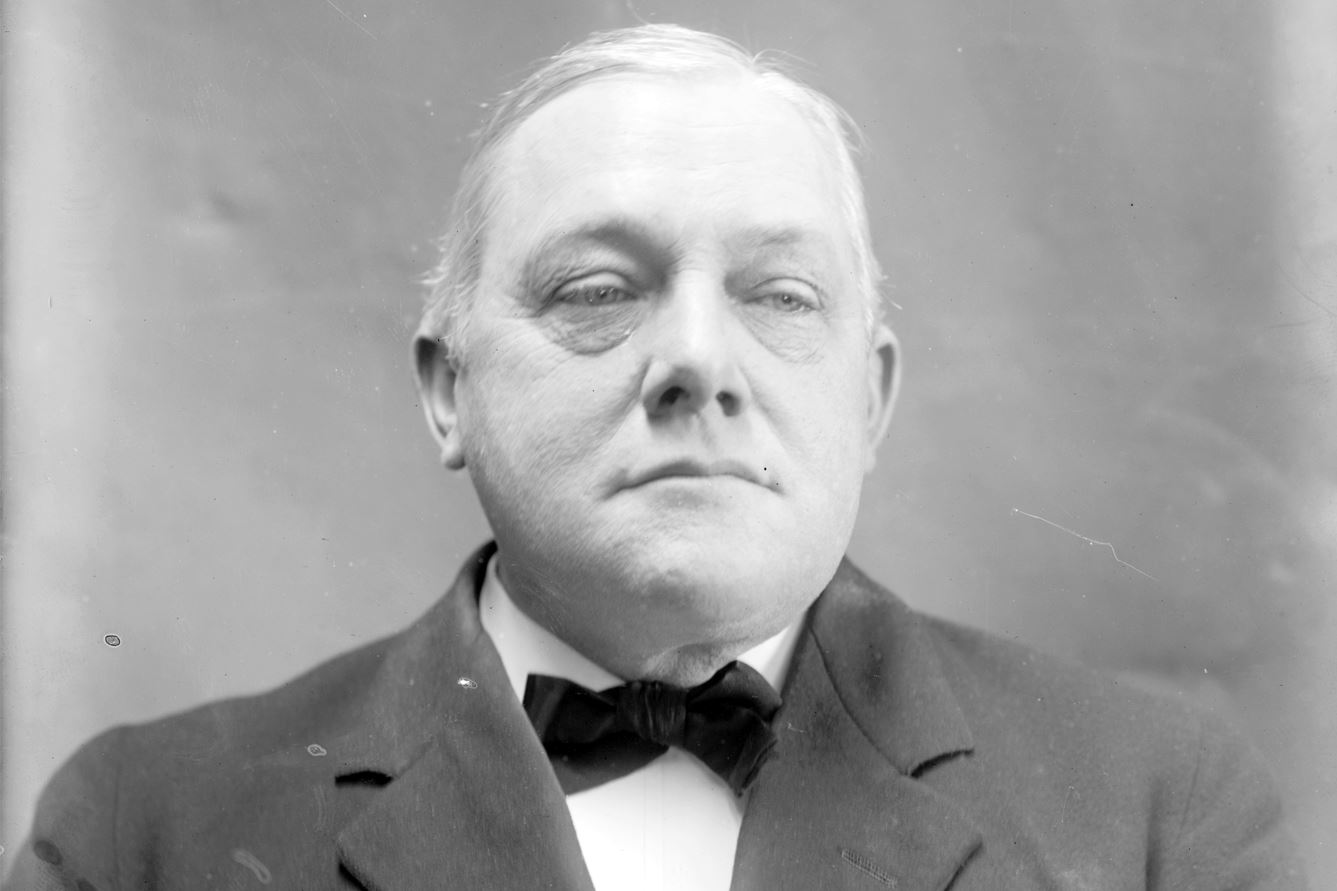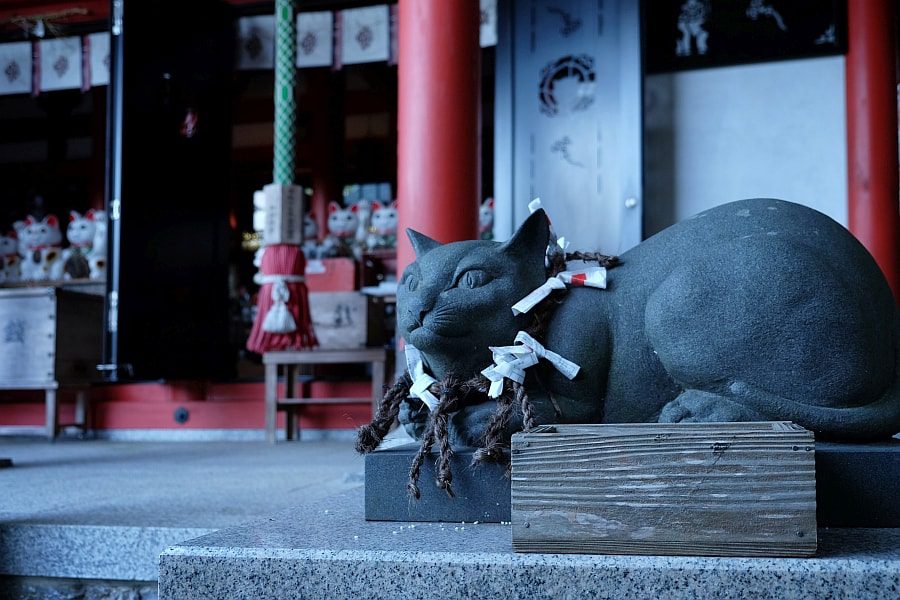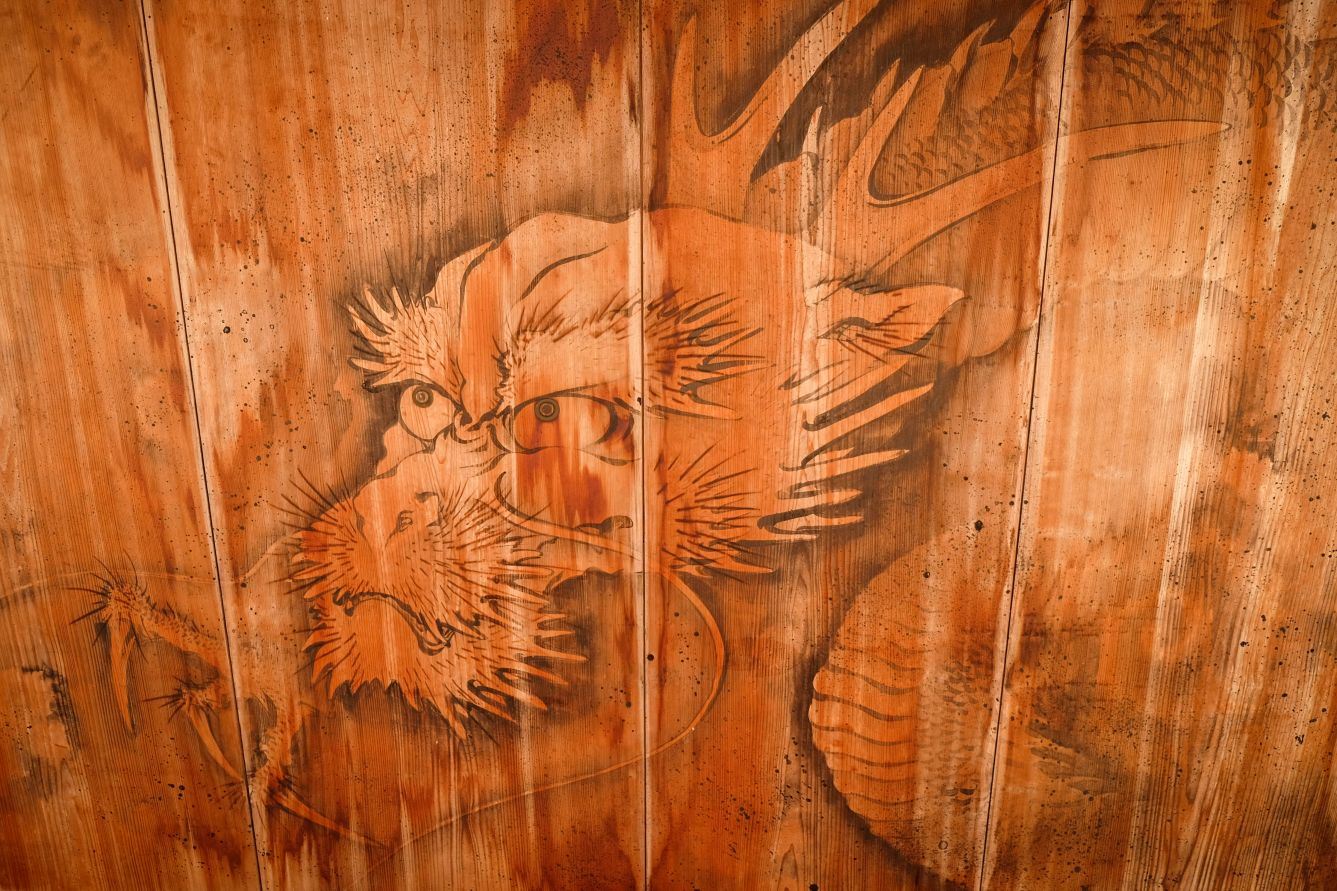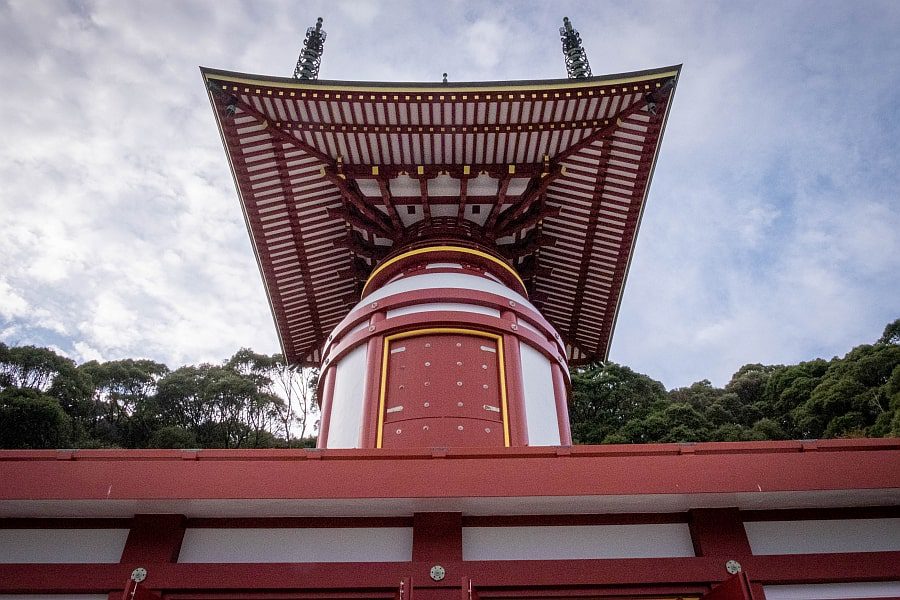Temple 22, Byōdō-ji
Home » Temple 22, Byōdō-ji
Temple 22, Byōdō-ji
Byōdō-ji is temple No. 22 on the Shikoku Pilgrimage, or Henro. It stands at the foot of a low range of mountains in Anan near the Kuwano River.
What to see
A two-storey Niō Gate flanked by stone lanterns stands atop a dozen steps up from the road. There’s a belfry on the left, then the Daishi Hall and a small Kannon Hall next to it. In the Daishi Hall is a statue of Kūkai, with Kūkai’s Ten Principal Disciples in a side sanctuary.
The temple office is on the right, with a water basin in front of it. There’s a well said to be dug by Kūkai and a shrine with a Jizo stone statue on the left. Further along to the right are the priest’s quarters and guest hall with an eleven-faced Kannon statue, the oldest statue in the temple.
A long flight of steps leads up to another level with the main hall directly in front of you, and to the left, a Goma Hall. The main hall has images of Yakushi Nyorai, deities of the sun and moon, and the twelve heavenly generals. There are also statues of Fudō Myōō, Bishamonten, the dragon god Kurikara and Dainichi Nyorai. The ceiling painting of the inner temple shows the 88 principal idols in Shikoku, and the ceiling painting of the outer temple has many flowers. In the Goma Hall are statues of Fudō Myōō, Dainichi Nyorai, the infant Prince Shōtoku, En no Gyōja, Kūkai, and Fudō Myōō.
In the main hall, you can see inscriptions left by Frederick Starr. There’s also a wooden box that was used by Tsutsui Fukuji, a blacksmith from Kōchi, to bring his 31-year old son Rinnosuke to Byōdō-ji in 1923. Rinnosuke was crippled with a spinal disease, and Fukuji hoped that Yakushi Nyorai, deity of healing, would cure his son. After staying four weeks, Rinnosuke was so much improved that he could walk with a pilgrim’s staff. The box originally had three wheels and a handle on the front to pull it along.
History
Byōdō-ji is said to have been founded by Kūkai who dug a well that produced healing water. After that, the temple prospered until it had the full complement of seven buildings, as well as twelve branch temples, but it was destroyed by Chōsokabe Motochika in the late 1500s. Between 1683 and 1722, the monk Terutoshi Acharya restored the temple.
Legends
When Kūkai prayed for protection against misfortune in this area, a five-coloured cloud opened and the Sanskrit characters for Dainichi Nyorai in the Diamond Realm appeared in gold. With further incantation, Yakushi Nyorai emerged, so Kūkai dug a well there with his priest’s staff, whereupon milky white water sprang up. The water is said to be effective against all diseases. After purifying himself with the water and practicing for 100 days, Kūkai carved an image of Yakushi Nyorai, built a temple, and enshrined it as the principal image. He named it the Temple of Equality, with the wish for the equal happiness of the people and a prayer for the equal relief of all sentient beings.
The steps on the left up to the main hall are a place where believers seek protection from the misfortune that adheres to certain ages by placing coins on each step and praying.
When viewed from the main hall, the distant mountains are said to resemble Kūkai sleeping.
Information
Name in Japanese: 平等寺
Pronunciation: byōdō-ji
Address: Akiyama-177 Aratanocho, Anan, Tokushima 779-1510
Related Tours

Experience the most beautiful and interesting temples of the Shikoku Pilgrimage in seven days.

A tour for families or friends, staying in the most characterful kominka and ryokan of Shikoku.

Visit the most beautiful and interesting temples of the Shikoku Pilgrimage and walk the toughest trails.

